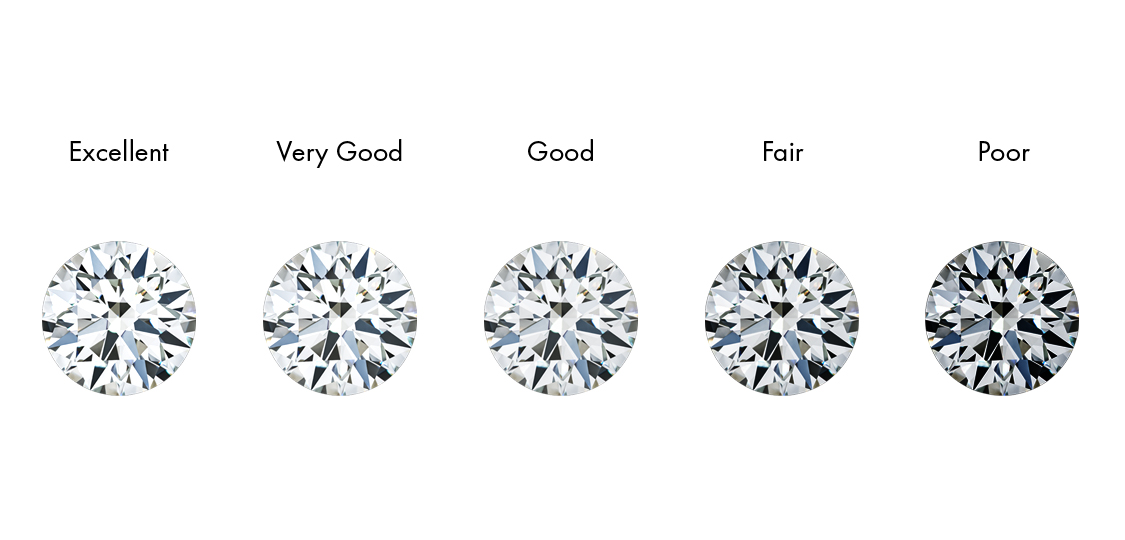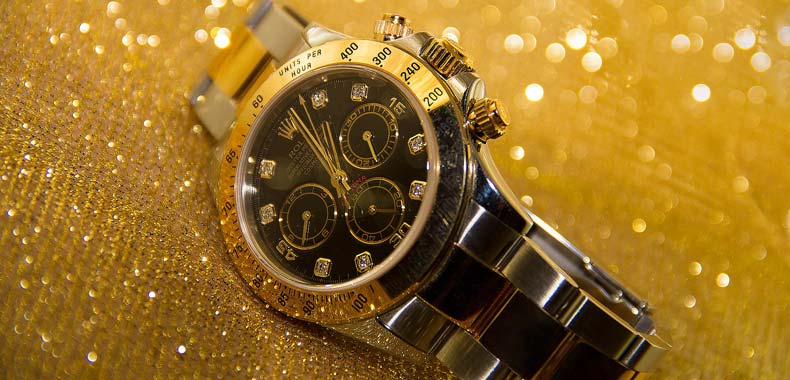When it comes to choosing the perfect diamond, the cut plays a pivotal role in determining its brilliance, sparkle, and overall appearance. But within the realm of diamond cuts, there’s often confusion between good and very good cuts. Let’s delve into the intricacies of these two grades to help you make an informed decision on your next diamond purchase.
Introduction to Diamond Cut Quality
What Does Diamond Cut Refer To?
Diamond cut isn’t just about the shape of the stone; it encompasses the craftsmanship and precision involved in shaping the rough diamond into a polished gemstone. It involves facets, angles, and proportions that influence how light interacts with the diamond, ultimately defining its brilliance and fire.
Importance of Diamond Cut in Diamond Quality
A well-cut diamond can maximize light reflection and refraction, resulting in a breathtaking display of sparkle and brilliance. Conversely, a poorly cut diamond can appear dull and lackluster, diminishing its value and beauty.
Understanding Diamond Cut Grades
Explanation of Diamond Cut Grades
Diamond cut grades, ranging from poor to excellent, assess the quality of a diamond’s proportions, symmetry, and polish. These grades, assigned by gemological laboratories, help consumers understand the level of craftsmanship and beauty inherent in each stone.
Differences Between Good and Very Good Cuts
While both good and very good cuts represent high-quality craftsmanship, there are subtle distinctions that discerning buyers should consider. Let’s explore these disparities in detail.
Characteristics of Good Diamond Cuts
Optimal Proportions and Symmetry
Good diamond cuts exhibit well-balanced proportions, diamond cut good vs very good, ensuring that light enters the diamond and reflects back through the crown, creating brilliance and fire. Symmetry is crucial, as any deviations can affect light performance and overall aesthetics.
Brilliance and Sparkle
Good cuts prioritize maximizing brilliance, which refers to the white light reflected from the diamond’s facets. Additionally, they enhance sparkle, the colorful flashes of light known as dispersion, which adds to the diamond’s allure.
How Good Cuts Enhance Diamond Appearance
A well-cut diamond appears larger and more radiant than its actual carat weight suggests. Good cuts optimize light return, resulting in a dazzling display that captivates the eye.
Exploring Very Good Diamond Cuts
Exceptional Symmetry and Polish
Very good diamond cuts exhibit superior symmetry and polish, enhancing their visual appeal. Each facet is precisely aligned to optimize light performance, contributing to a mesmerizing brilliance.
Superior Light Performance
Very good cuts are engineered to maximize light return, ensuring exceptional brightness and sparkle from every angle. These diamonds exude a captivating radiance that sets them apart from lower-cut grades.
Visual Comparison with Good Cuts
When compared side by side, very good cuts showcase heightened brilliance and fire, elevating the overall beauty of the diamond. The superior craftsmanship behind these cuts is evident in their unparalleled sparkle.
Comparative Analysis
Side-by-Side Comparison: Good vs. Very Good Cuts
While good cuts offer impressive beauty and value, very good cuts take diamond brilliance to the next level. The subtle differences between the two grades become apparent upon closer examination, making the choice between them a matter of personal preference and budget.
Impact on Diamond Pricing
Unsurprisingly, the craftsmanship required for very good cuts commands a premium price compared to good cuts. However, the investment is often justified by the unparalleled beauty and brilliance of these diamonds.
Factors Influencing Diamond Cut Quality
Precision in Cutting Process
The expertise of skilled diamond cutters is paramount in achieving the desired cut grade. Precision tools and techniques are utilized to ensure that each facet is meticulously crafted to exacting standards.
Technology Advancements in Diamond Cutting
Advancements in diamond cutting technology have revolutionized the industry, allowing for greater precision and consistency in cut quality. State-of-the-art equipment and software enable diamond cutters to achieve unprecedented levels of brilliance and symmetry.
Consumer Considerations
Budget Considerations
While very good cuts offer unmatched beauty, lab diamonds, they may not be within everyone’s budget. It’s essential to strike a balance between cut grade and other factors, such as carat weight and clarity, to find the perfect diamond within your price range.
Personal Preferences and Style
Ultimately, the choice between good and very good cuts boils down to personal preference and style. Some may prioritize maximum sparkle, while others may prefer a larger carat size or a more budget-friendly option.
Common Misconceptions about Diamond Cuts
Myth: Higher Grade Always Means Better Diamond
While higher cut grades generally indicate superior craftsmanship, they may not always align with individual preferences. Factors such as diamond shape, setting style, and personal taste can influence the perceived beauty of a diamond.
Reality Check: Importance of Individual Preferences
At the end of the day, the perfect diamond is one that speaks to you and reflects your unique style and personality. Whether it’s a good or very good cut, trust your instincts and choose the diamond that captures your heart.
Expert Recommendations
Balancing Quality and Budget
Diamond experts advise finding the right balance between cut quality and budget constraints. While very good cuts offer unparalleled beauty, good cuts can provide excellent value without compromising on brilliance.
Consulting with Diamond Professionals
When in doubt, seek guidance from reputable diamond professionals who can provide expert advice tailored to your specific preferences and budgetary considerations. Their insights can help you navigate the complexities of diamond selection with confidence.





